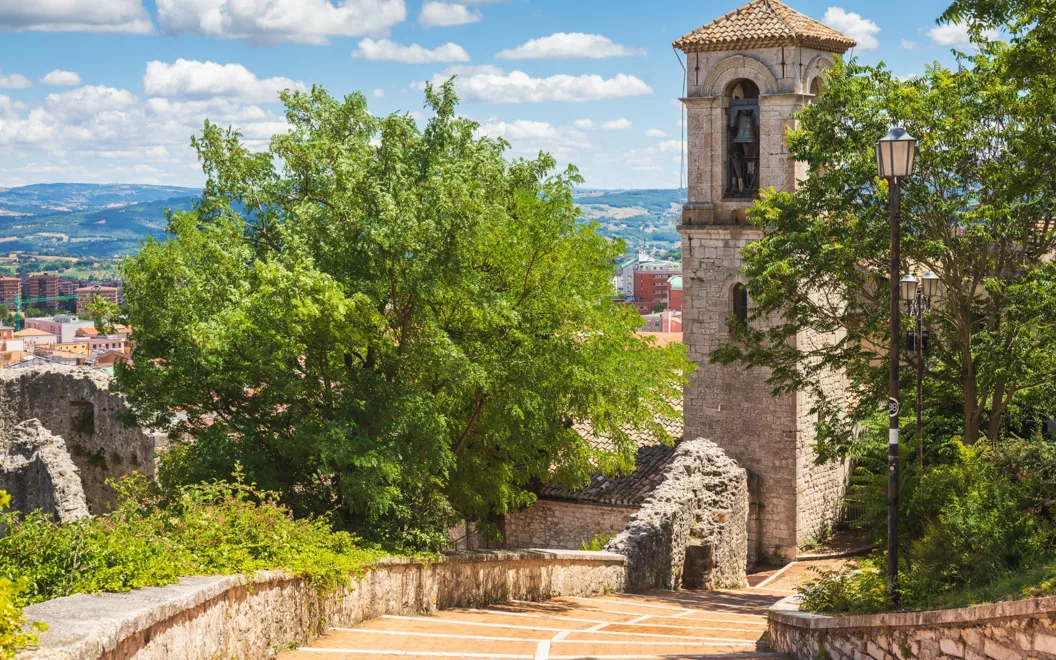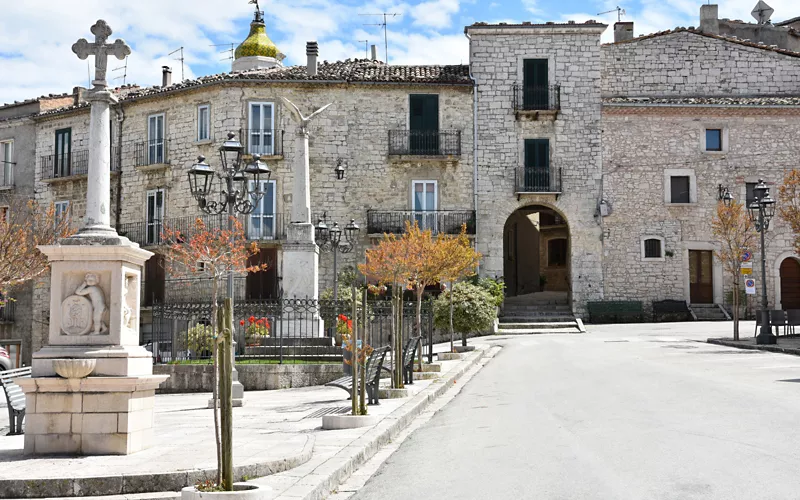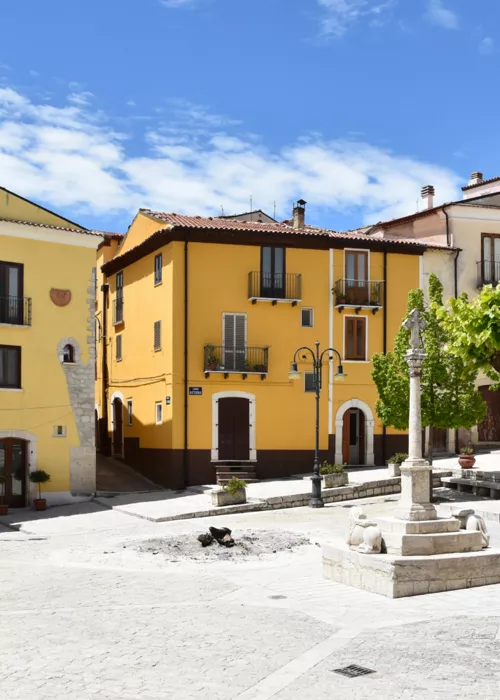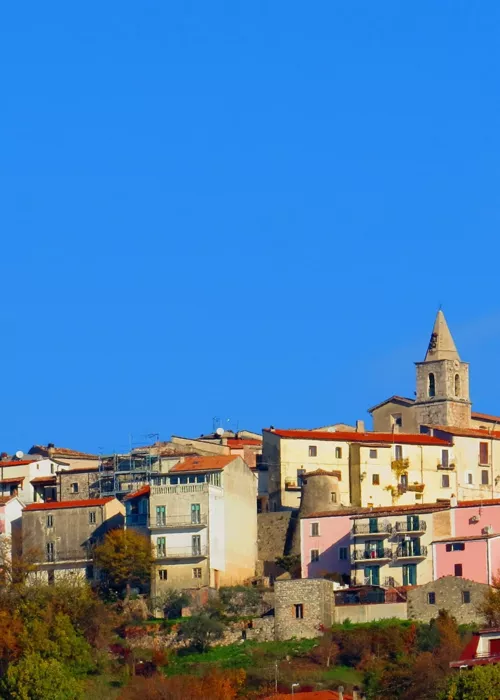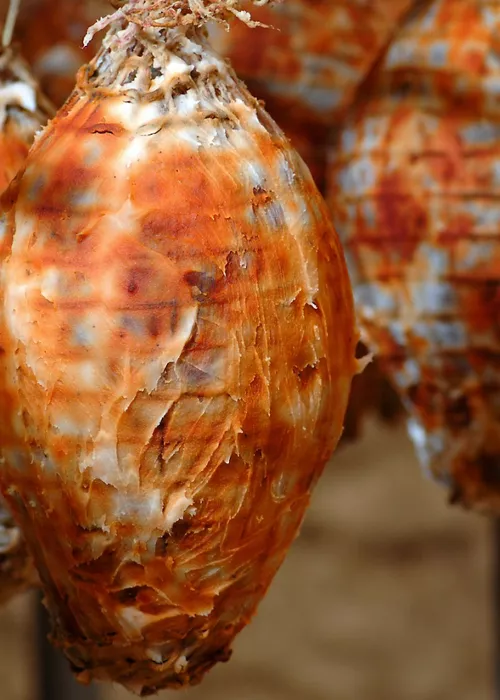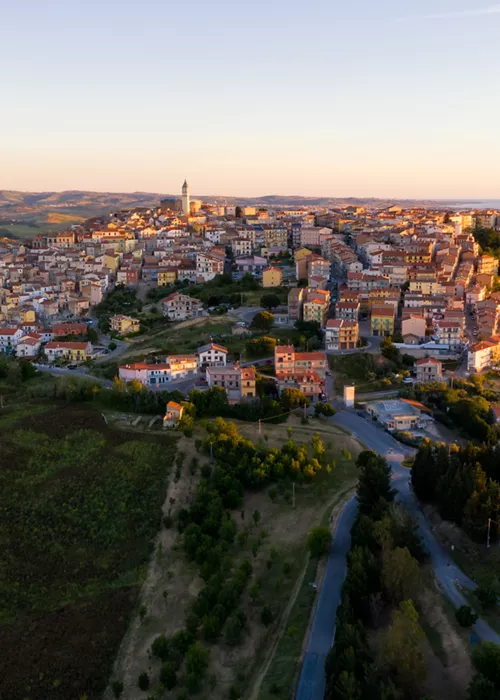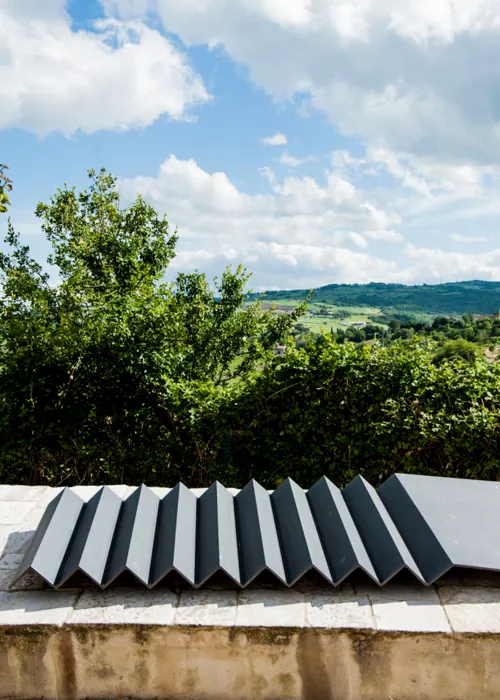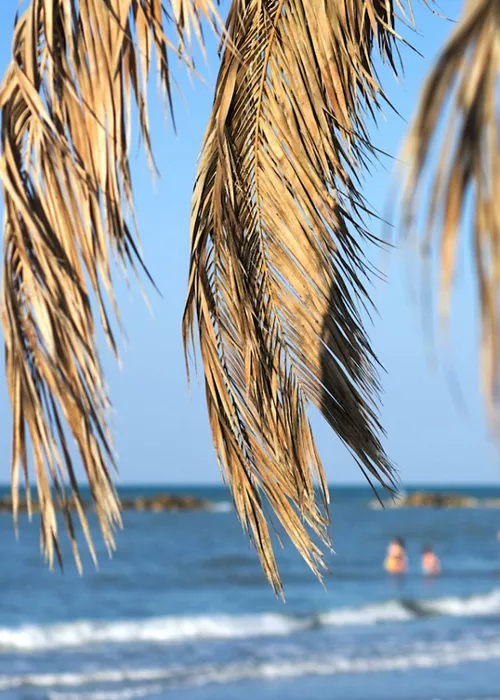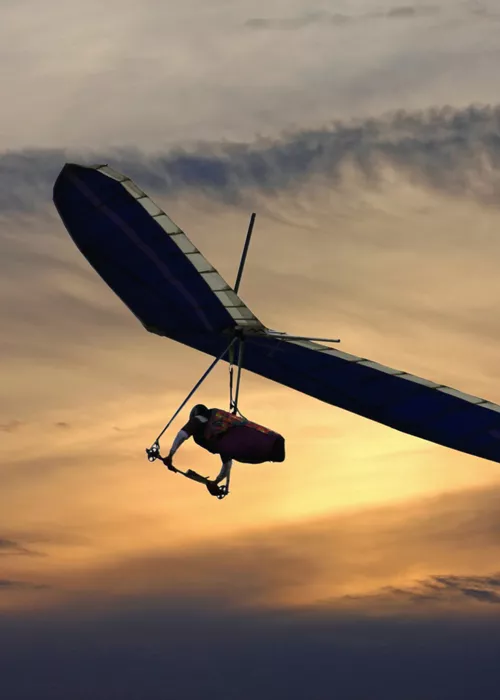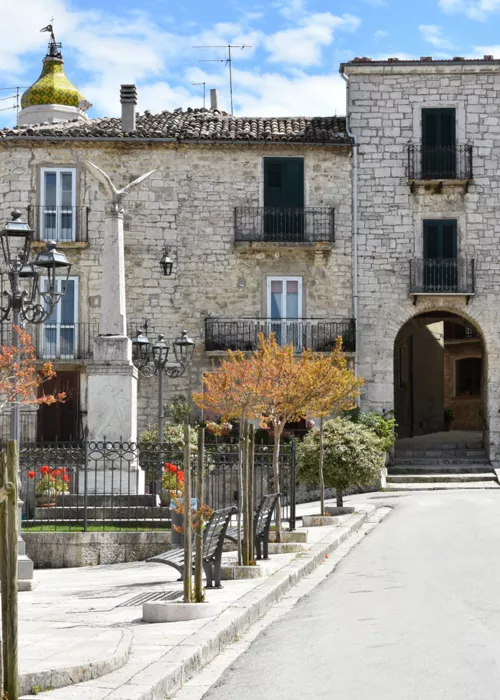A bus tour of Molise: a green journey through the region's wonders
4 minutes
What to see in Molise and above all, why travel by bus? Let's start with the environmental impact, which on a collective means of transport is much lower than travelling in your own car. Then there is the quality of the journey.
Relax in your seats with your holiday companions, without the stress of driving. You can observe the views from the window and then stop off at the places of main interest. On your way you will find historic towns and nature reserves, small villages and seaside resorts, forests and pastures.
Remember, your trip around Molise by bus does not rule out a stop at local trattorias where you can experience authentic traditional cuisine.
The three Molise towns to visit: Campobasso, Isernia and Termoli
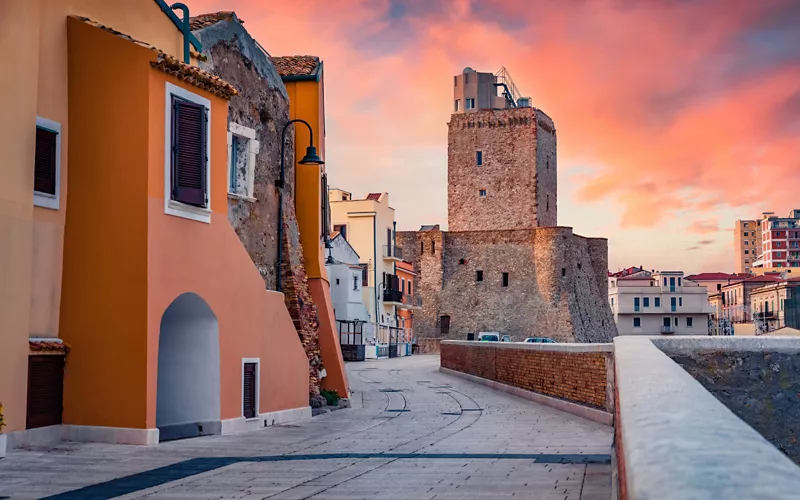
Campobasso, Isernia and Termoli, three towns, three masterpieces. You can reach them by bus from various locations in other regions of Italy, and then visit them on foot or by public transport. The capital, Campobasso, is 700 metres above sea level, surrounded by hills planted with vineyards. Stroll through the historic centre to see the Monforte Castle, the city's landmark, then the Holy Trinity Cathedral and the 18th-century Palazzo Pistilli. Molise is an ancient region and if you feel curious to discover the secrets of the Italic civilisation of the Samnites, the place to go is the Samnite Museum. Get back on the bus and in an hour you will arrive in Larino with its beautiful Roman amphitheatre.
Stepping off the bus at Isernia, a pleasant walk from the station takes you to the Greek-Byzantine-style Cathedral of St Peter the Apostle and the monumental Fraterna Fountain.
La Pineta is a Palaeolithic archaeological site. Returning to your vehicle, climb up to the Hermitage of Saints Cosmas and Damian.
The Molise region has only a small stretch of coastline facing the Adriatic Sea. The belle of the area is Termoli, clinging to a promontory overhanging the sea and dotted with defensive turrets. Take a leisurely stroll among the colourful houses, heading towards the Swabian Castle and Piazza del Duomo. If you are travelling in warm weather, the beach at Sant'Antonio is in the town centre, while you will have to take the bus back for a dip at Campomarino beach or the Marina di Montenero di Bisaccia.
A constellation of villages
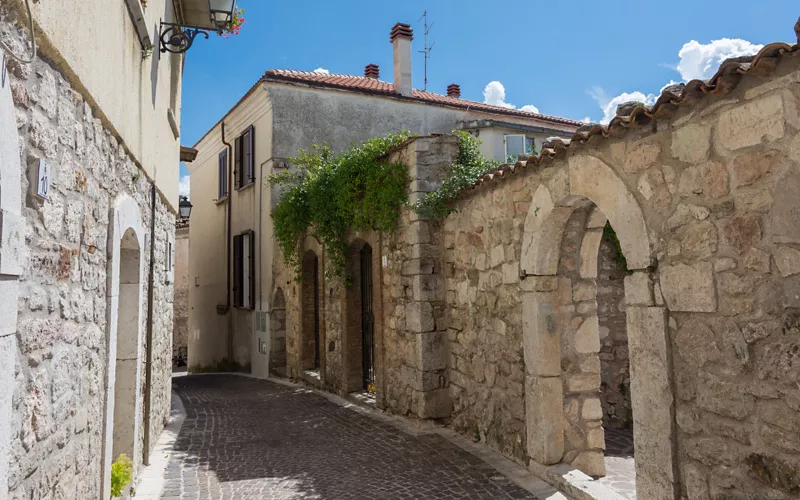
Leaving the cities behind, your holiday in Molise has to include some of the most interesting villages in the region, small pearls that preserve a savoir faire that is both ancient and very modern at the same time.
The bus plunges into the lush green vegetation and arrives at the beautiful village of Fornelli, from where you can enjoy the panorama of the Mainarde mountain range, which turns pink at sunset. Enter through the main gate and wander around, discovering an ancient history demonstrated by the beautiful churches and baronial palaces. Fornelli is one of the Città dell'Olio (Oil Cities): do not leave without trying the local oil on bread; at dinner, try the Molise-style lamb in an osteria.
Frosolone, another hilltop village with a well-preserved mediaeval historic centre, is equally fascinating. It is a pleasure to get lost in the maze of narrow streets that lead to the small squares and the churches of Santa Maria Assunta and San Pietro.
Oratino is another small mediaeval town nestled in the Molise Apennines, in the Biferno Valley, with its fortress dominating from above. All around, nature offers the surprise of changing colours, depending on the season, from green in summer to the reddish hues of autumn. And as you travel, look out to catch a glimpse of the ancient cattle tracks known as 'tratturi'.
Why not do some food shopping while you’re here? Cheeses include mozzarella and caciocavallo, soppressata is a cured meat, and the Tintilia is a wine.
Pietrabbondante lies in the heart of Sannio, in a landscape that alternates between rock and vegetation. A stone's throw from the village, in the locality of Calcatello, is the remarkable archaeological site of Bovianum Vetus, from the Hellenistic-Italic period, with two temples and a theatre. Ancient Roman ruins can also be found near the locality of Antilia.
In the greenery
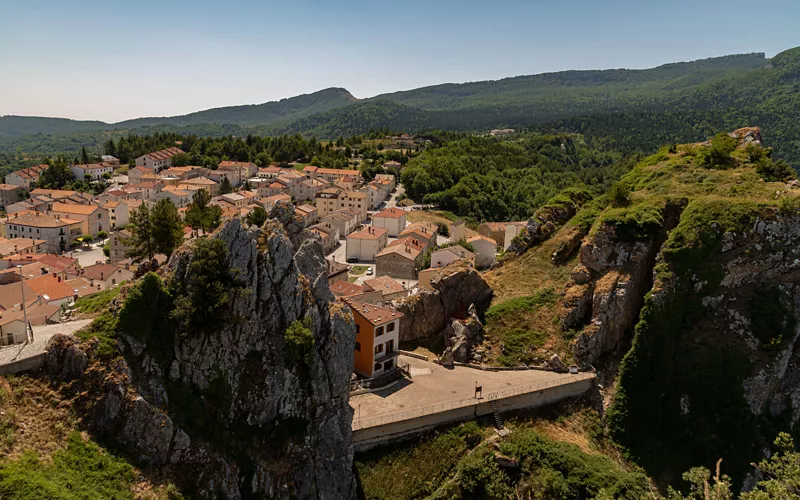
One of Molise's bus rental companies offers a special itinerary to the Bosco degli Abeti Soprani, in Upper Molise, where you will also find Pescopennataro, known as the 'village of firs and stone', a mountain village at an altitude of 1,200 metres with a panoramic view of the entire Sangro Valley.
You are inside a dense forest of white firs and imposing beeches, where you can drink from springs of pure water and gaze at the expanses of high-altitude pastures. Entering the trails, away from civilisation on a path where silence reigns, you come across the Hermitage of San Luca. And if you visit the forest in spring, you will be delighted by the mushrooms and truffles, which are plentiful in this area and are the pride of the area's restaurants.
Other destinations for eco-tourists and hikers in Molise are the Montedimezzo Reserve, in the Molise Apennines, and the WWF Guardaregia- Campochiaro Oasis.

